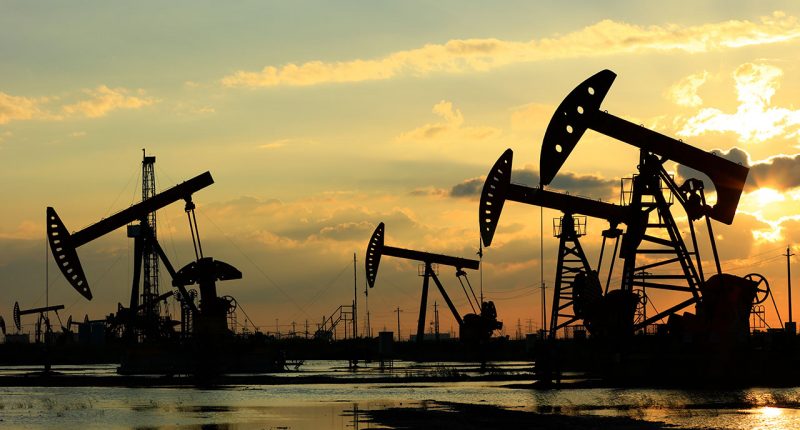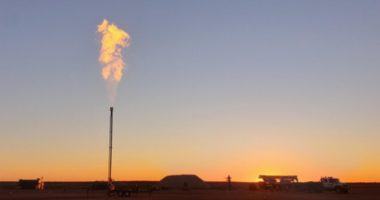- Junior explorer and producer Bass Oil (BAS) has so far kept its head above water through the oil price crash and COVID-19 pandemic
- While Bass’ monthly production for April was down two per cent from March levels, the company has now ramped up again through May
- Through various streamlining measures, Bass has brought production costs down to around $20 per barrel, meaning it is once again cashflow positive after oil prices rebounded past that mark
- The company has, however, suspended or deferred all further expansion activities until global conditions offer more certainty
- Bass Oil closed Monday’s session unchanged at 0.1 cents per share
Junior explorer and producer Bass Oil (BAS) has so far kept its head above water through the oil price crash and COVID-19 pandemic.
Positive production
While Bass’ monthly production for April was down to 666 barrels of oil per day (bopd) — a two per cent reduction from March levels — the company has now ramped up again to over 700 bopd through May so far.
While the company has had to take a number of steps to mitigate the impacts of the pandemic and oil price crash at both the corporate and production levels, this has led to an overall decrease in the company’s operating costs to around $20 per barrel.
This operational streamlining has enabled the company to somewhat insulate itself from the worst of the downturn, and even return to being cashflow positive after the oil price rebounded past $20 per barrel.
This has meant the company has been able to maintain largely unaffected production levels at its Bunian and Tangai fields in South Sumatra, and even to ramp up from April’s 19,993 barrels of oil to an estimated 22,000 for May.
Bass holds a 55 per cent joint venture share of the Tangai-Sukananti project.
Gently, gently
Bass is taking a cautious approach to the future.
For a company that touts itself as “Indonesia’s newest oil producer focused on growth in southeast Asia,” it has certainly taken a place in the slow lane for the foreseeable future, via the deferral or suspension of any and all contract, evaluation and negotiation work where possible.
Given the ongoing financial ructions and uncertainties of the global energy industry, and economic markets more generally, this seems to be a prudent approach.
If Bass can continue to operate around the $20 per barrel mark, and oil prices stay above that bottom shelf price, the junior producer may just be able to navigate the perilous period without suffering irredeemable damage.
Bass Oil closed Monday’s session unchanged at 0.1 cents per share.







